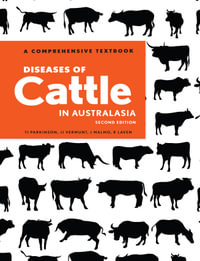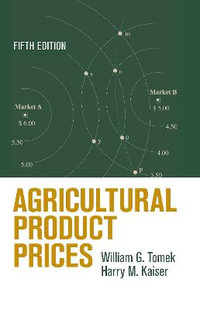General Introduction
Part I: Where we see the United Provinces build wealth and power by trading distant biomass, 1580-1705
Introduction
1. The United Provinces: Territories, resources and economic sectors
2. The Baltics and the North Sea: the first peripheries
3. Spices and companies: trade with another world-economy, Asia
Conclusion
Part II: Where we see England pull ahead of France by exploiting its territory and its colonies
better, 1700-1846
Introduction
4. Mercantilism and the art of counting on your own forces
5. Mobilizing resources from the national territory
6. Distant biomass and social metabolism
Conclusion
Part III: Where Great Britain, now a hegemon, mobilizes the world for its supply of biomass and prompts Europe to imitate her, 1815-1913
Introduction
7. A portrait of an English hegemon as a biomass importer
8. Overcoming "the tyranny of distance": technical and institutional innovations
9. The Golden Age of Frontiers
10. An intensive animal farming pole in Northwestern Europe
11. On Free Labor
12. And capital? Key for transport, negligible for agricultural production
Conclusion
Part IV: Where the rivalry between Germany, the United States, and others gives a key role
to the chemical industry, 1865-1945
Introduction
13. Germany: on a quest for an industrialization not dependent on long-distance biomass trade
14. Imperialist strategies, the weapon of the weak: France and Japan
15. The United States: from the legendary frontier to resolution of the long farm crisis
Conclusion
Part V: Where we see agriculture, under America's hegemony, become "modern", "conventional" and food-focused, 1945-1972
Introduction
16. The American model
17. Uneven spread of the American model and the institutionalization of the Global North-South division
18. International agricultural trade: limited, food-focused, and administered
Conclusion
Part VI: American Hegemony, Season 2: The Return of Globalization
Introduction
19. The second age of American hegemony
20. Reorienting the world
21. The "oil-based model" of biomass production and consumption pursues its global conquest
22. The incomplete globalization of agricultural markets
Conclusion
General Conclusion
























